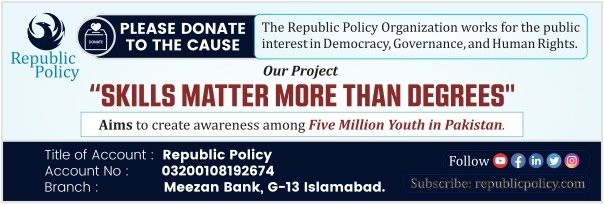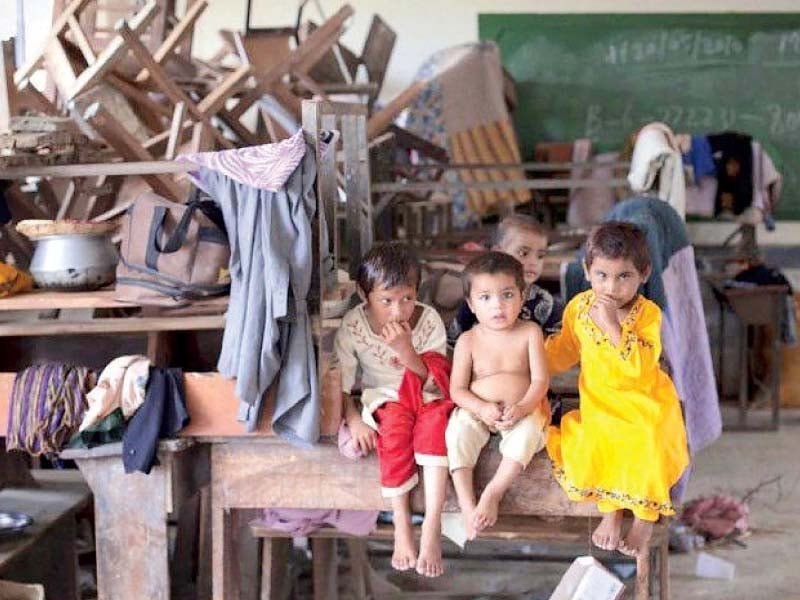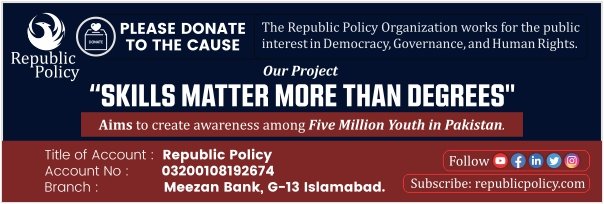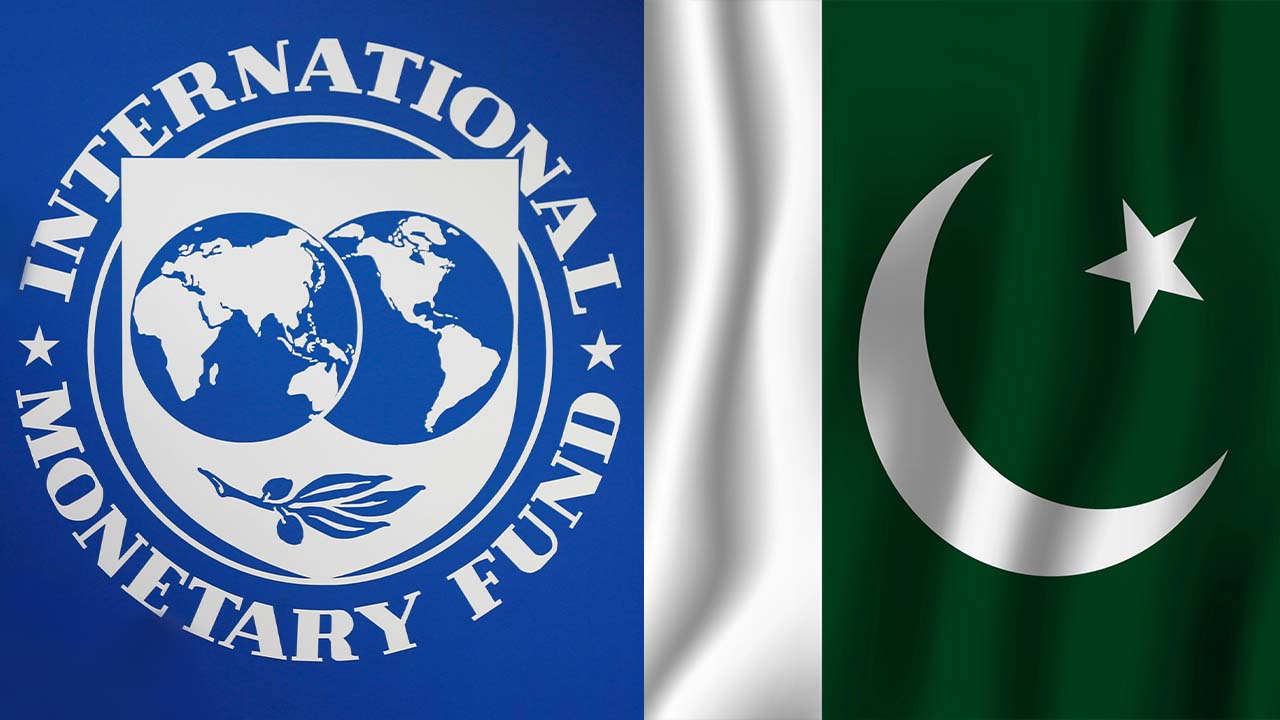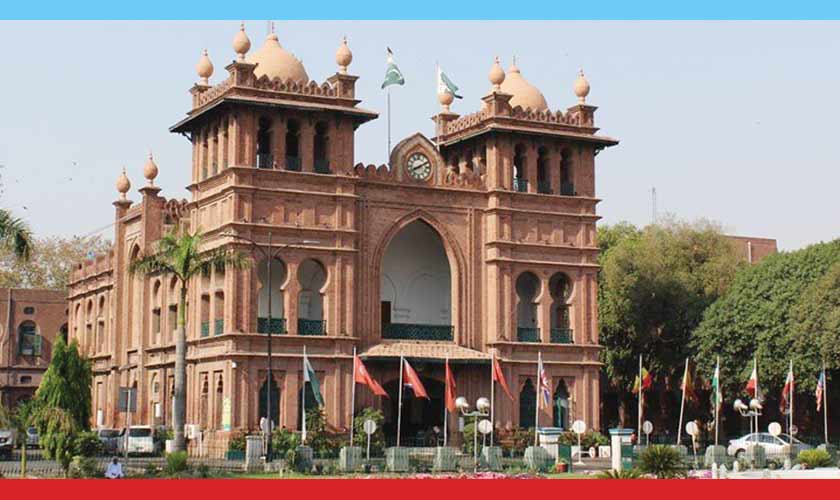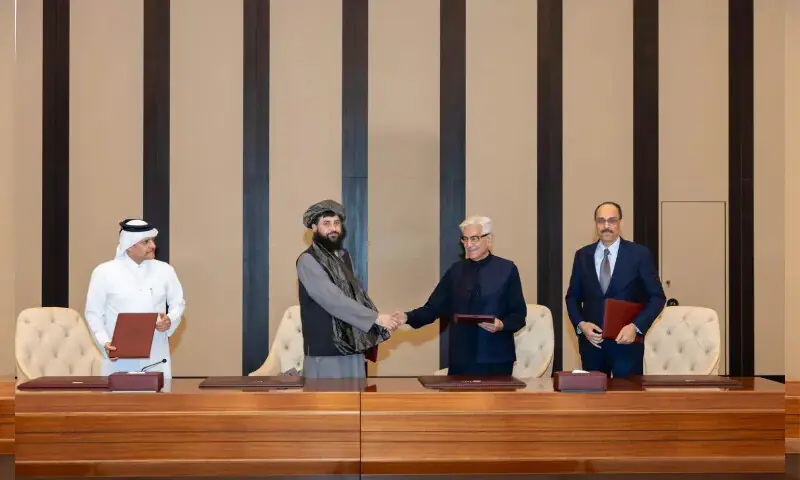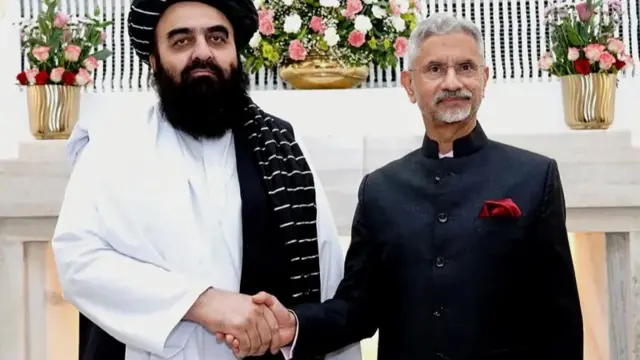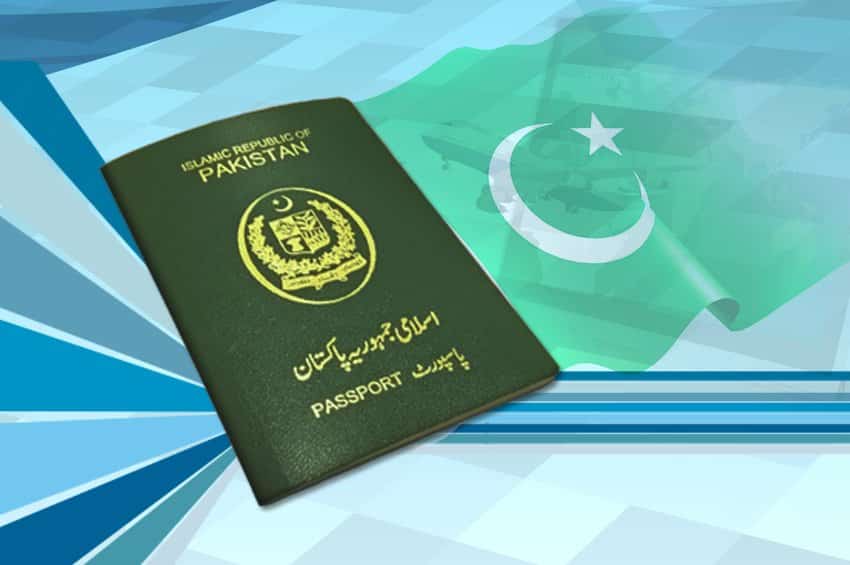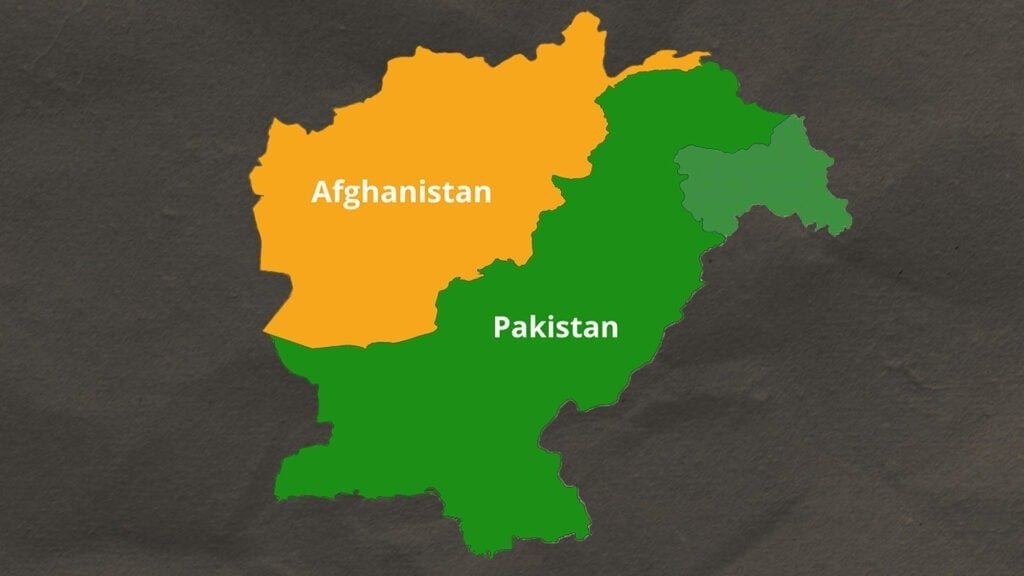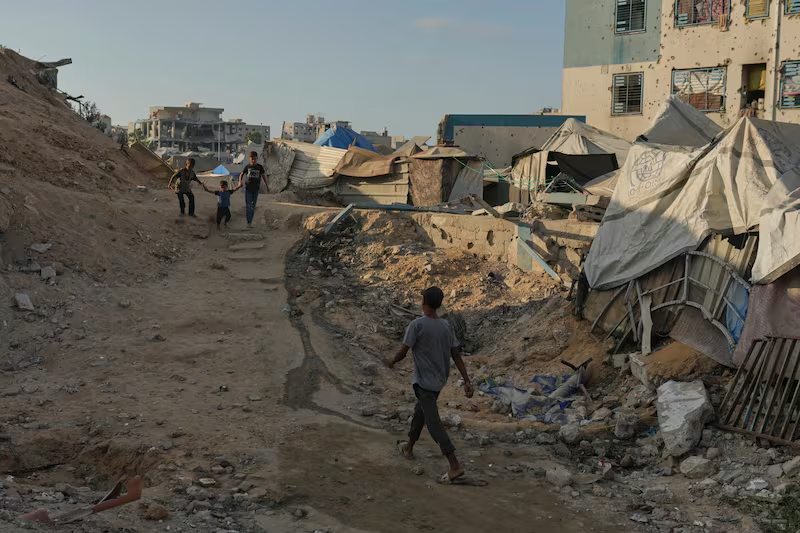As we departed from Master Aftab’s settlement, he posed a question that lingered in our minds: how can we bridge the chasm of disparity that divides us? We had been investigating the experiences of children who were not enrolled in schools in rural areas of lower, central, and upper Sindh, as well as desert regions, and had been directed to Master Aftab’s community by the man himself. During our stay, we had the opportunity to converse with the residents of the area and learn about their trials and tribulations.
The dwellers of Master Aftab’s settlement had lost control of their land as a result of the damage caused by the 2010 floods. As of August 2022, when we visited, they were still grappling with the ramifications and attempting to comprehend their circumstances and how it impacted their lives and their livelihoods.
Families, including children, were laboring on land that no longer belonged to them, with just a small fraction of the produce they harvested as their compensation. They desperately craved access to health facilities and clean drinking water. Even for the few children in his settlement who still attended school, a no-fee school was a two-hour walk away.
We struggled to grasp the disparities that Master Aftab identified between us. Both he and the other residents, particularly women, believed that their customs or occupations were insufficient or worthless because of the lack of formal education in their lives.
Insufficient data fails to illuminate the multifarious exclusionary experiences faced by rural children attempting to enroll in formal schooling. These experiences include the impact of being part of a linguistic minority community, residing in remote and rural settings, and affiliation with lower castes and/or minority faiths. These challenges intersect with gender and poverty, compounding the complexity of the situation.
Even when children are enrolled in schools, their needs often go unmet. The Annual Profile for Government Schools in 2019 found that 90 percent of public school buildings in Sindh only provided education up to the primary level. This lack of access to higher education levels means that alternative pathways are non-existent, leaving children with limited opportunities beyond primary grades.
Furthermore, primary schools often do not meet learning needs, with almost 89 percent of public primary schools in Sindh having two rooms or fewer, according to the Annual Profile for Government Schools in 2019. These schools must employ multi-grade teaching to cater to the learning needs of children across five grades in two rooms or less. However, teachers often lack the necessary training or resources for multi-grade teaching.
In the settlements visited, overcrowding was a common issue due to the failure of these schools to keep up with population growth. Parents we spoke to did not expect their children to learn in such schools, and student learning data further attests to their discomfort. The Annual Status of Education Report in 2019 found that only two out of five children in rural Sindh can read a story in Sindhi or Urdu by the time they reach Grade 5.
The situation for girls and young women is worse, with gender being a significant factor in parental decisions about enrolment in primary grades. When the local public primary schools were overcrowded or fee-based, parents often chose to enrol sons over daughters, believing that sons had a greater likelihood of continuing their education beyond the primary level. Middle schools are usually located outside the settlement, and parents often deem it unsafe for girls to attend such schools once they reach puberty, going against social norms.
Tackling the exclusion of girls and young women from schooling remains challenging, given that patriarchal social norms are entrenched in the reality of a lack of infrastructure and transportation that allows for mobility, as well as classroom practices and learning materials that reinforce gender stereotypes.
Therefore, policy responses to address education-related issues need to be holistic and require a coherent, systems-thinking approach. Focusing solely on building more formal schools or non-formal centers without providing welfare-based support such as in-school feeding or health services, training and motivating teachers better, and holding them accountable will continue to exclude children.
Policies must also address the unique realities experienced by rural settlements, such as smaller settlement sizes, limited access to infrastructure, and greater exposure to the climate crisis.
To design and implement holistic policy responses, we must engage meaningfully with rural populations and ensure that their needs, aspirations, and ways of knowing are woven into the design and delivery of education experiences. This will not only pave the way for diverse realities but also imagine alternative futures so that all children and young people have the opportunity to achieve their potential.
The writer, the 2022 Echidna Global Scholar at the Brookings Institution, published the findings and recommendations of the research with the support of graduate student Rubaya Nizamani from IBA.
Read more:


